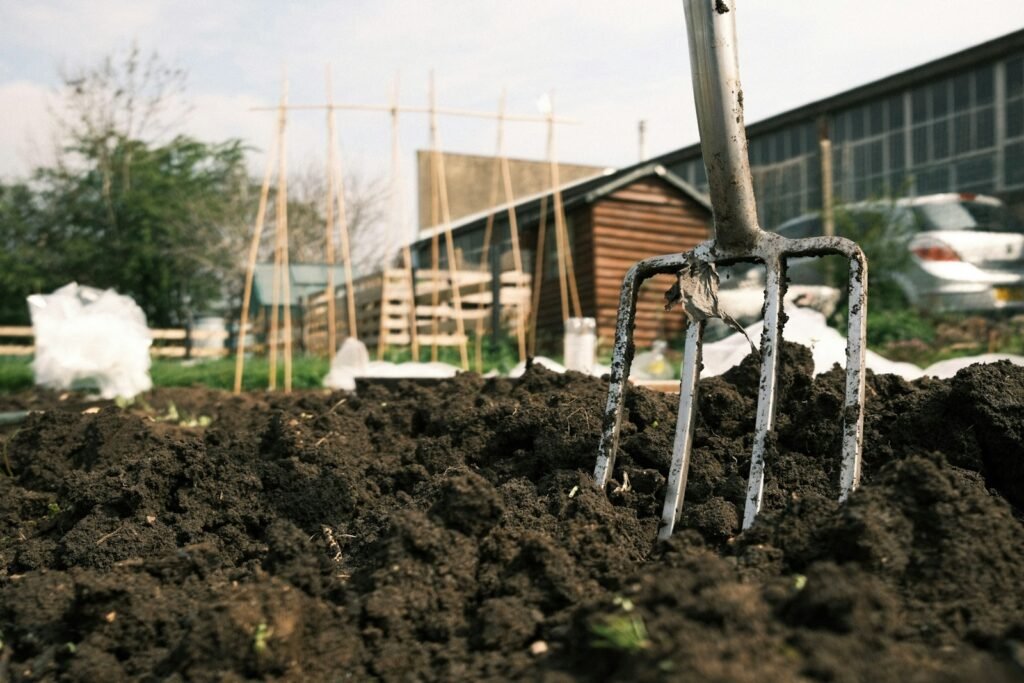Long before humans ever dreamed of reshaping landscapes or building cities, Earth’s most ambitious construction project was already underway. The architects weren’t carrying blueprints or wielding tools—they were quietly photosynthesizing, growing, and fundamentally transforming our planet one leaf at a time. For over 3.5 billion years, plants have been Earth’s original engineers, crafting the very foundation of life as we know it. Their engineering prowess goes far beyond what meets the eye, extending deep into the soil, high into the atmosphere, and across entire ecosystems with a precision that would make any human engineer envious.
The Oxygen Revolution That Changed Everything

Picture Earth 2.5 billion years ago—a planet gasping for breath in an atmosphere virtually devoid of oxygen. Then came the cyanobacteria, Earth’s first photosynthetic organisms, and everything changed forever. These microscopic green pioneers didn’t just produce oxygen as a byproduct; they orchestrated the greatest atmospheric transformation in our planet’s history.
The Great Oxidation Event, as scientists call it, was essentially a planetary-scale engineering project. Plants pumped oxygen into the atmosphere at rates that would dwarf any human industrial output. This wasn’t just a chemical change—it was a complete redesign of Earth’s life-support system. The oxygen levels we depend on today? That’s entirely thanks to plants working around the clock for billions of years.
Soil Architects Building From the Ground Up
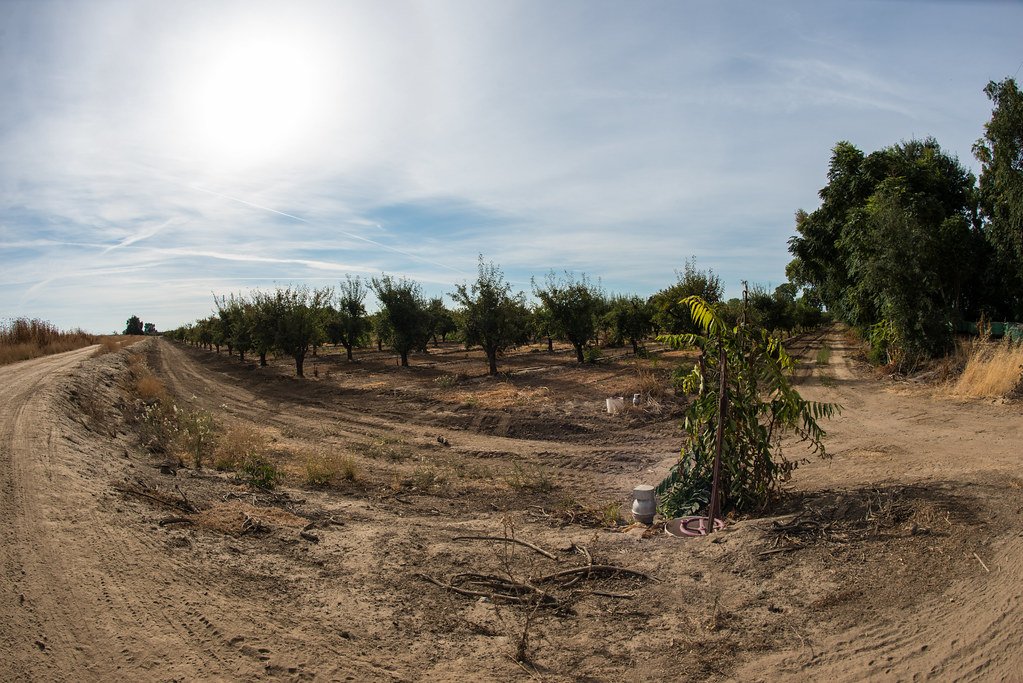
While we often think of soil as just dirt, plants see it as raw material for their most ambitious construction project. Through their roots, plants don’t just extract nutrients—they actively create and engineer the soil itself. Root systems break down rock through chemical weathering, releasing minerals that become the building blocks of fertile earth.
The partnership between plants and soil microorganisms resembles a sophisticated construction crew. Plants provide sugars and organic compounds to bacteria and fungi, who in return help break down organic matter and cycle nutrients. This biological construction process creates the rich, living soil that supports virtually all terrestrial life. Without plants, Earth would be a barren rock covered in lifeless mineral dust.
Carbon Capture Technology That Predates Human Innovation

Long before humans worried about carbon emissions, plants had already perfected the ultimate carbon capture technology. Through photosynthesis, plants pull carbon dioxide directly from the atmosphere and convert it into solid organic matter. This process doesn’t just produce oxygen—it actively removes one of the most significant greenhouse gases from our atmosphere.
A single large tree can sequester up to 50 pounds of carbon dioxide annually, but the real engineering marvel lies in how plants coordinate this process globally. Forests, grasslands, and marine plant life work together as a planetary carbon management system. They’ve been regulating Earth’s climate for millions of years, long before climate control became a human concern.
The Underground Internet Plants Built First

Beneath our feet lies a communication network that makes the internet look primitive. Plants have engineered an underground web of roots and fungal networks that connects entire forests in a living, breathing information superhighway. This “wood wide web” allows plants to share resources, send chemical signals, and coordinate responses to threats.
Through mycorrhizal networks, plants can transfer nutrients to struggling neighbors, warn of insect attacks, and even share genetic information. Mother trees nurture their offspring through these networks, sending them exactly the nutrients they need to survive. This underground engineering feat demonstrates that plants mastered distributed computing and resource sharing millions of years before humans invented the first computer.
Weather Modification Through Plant Engineering

Plants don’t just respond to weather—they actively engineer it. Through transpiration, plants release water vapor into the atmosphere, creating their own weather systems. A single large oak tree can transpire up to 40,000 gallons of water per year, essentially functioning as a living air conditioner and weather generator.
Forests create their own microclimates through this process, generating rainfall, moderating temperatures, and even influencing wind patterns. The Amazon rainforest, for example, recycles its own water so efficiently that it generates about half of its own rainfall. Plants have been practicing weather modification on a massive scale since long before humans ever dreamed of cloud seeding.
Structural Engineers of the Living World

When we marvel at human architecture, we often overlook the structural engineering achievements of plants. Trees routinely build living skyscrapers that can reach heights of over 300 feet while withstanding hurricanes, earthquakes, and centuries of weather. Their engineering solutions often surpass human designs in both elegance and efficiency.
Plant structures use advanced engineering principles like tension and compression distribution, flexible joints, and redundant support systems. A bamboo stalk can bend nearly 90 degrees without breaking, while a tree trunk distributes wind loads through its entire structure. These biological architects have solved engineering challenges that humans are still trying to understand and replicate.
Chemical Factories Operating at Cellular Level

Every plant cell operates as a sophisticated chemical factory, producing everything from medicines to materials through processes that would make pharmaceutical companies envious. Plants manufacture thousands of complex compounds with precision that rivals our most advanced laboratories. They produce everything from the aspirin in your medicine cabinet to the rubber in your tires.
The chemical engineering happening inside plants involves thousands of simultaneous reactions, all perfectly coordinated and controlled. Plants produce their own pesticides, antibiotics, and even antifreeze compounds. They’ve essentially created decentralized manufacturing systems that operate entirely on solar power and produce zero waste.
Energy Engineers Mastering Solar Power

While humans have only recently begun harnessing solar energy efficiently, plants have been perfecting solar power technology for billions of years. Photosynthesis converts sunlight into chemical energy with remarkable efficiency, powering not just individual plants but entire ecosystems. The solar panels we install on our roofs are crude imitations of what every leaf accomplishes naturally.
Plants have solved energy storage challenges that still puzzle human engineers. They convert solar energy into sugars and starches that can be stored indefinitely and used when needed. This biological energy storage system powers the plant through nights, seasons, and even years of dormancy. It’s a level of energy management that our best battery technology can’t match.
Water Management Systems That Never Fail

Plants have engineered water management systems that operate without pumps, pressure tanks, or external power sources. Through transpiration and root pressure, plants can move water hundreds of feet upward, defying gravity through ingenious biological mechanisms. The vascular systems in plants function as living plumbing networks that adapt and self-repair.
Desert plants have mastered water conservation engineering with techniques that surpass human technology. Cacti can store water for years, while some desert plants can extract moisture directly from air. These biological water engineers have survived in environments where human settlements would quickly perish without external water sources.
Ecosystem Architects Designing Living Communities

Plants don’t just exist in ecosystems—they engineer them from the ground up. Pioneer species colonize barren landscapes and gradually transform them into complex, thriving communities. These ecological engineers create habitat structures that support thousands of other species, essentially building living cities that grow and adapt over time.
The succession process that plants orchestrate resembles urban planning on a biological scale. They prepare the ground, establish infrastructure, and gradually invite other species to join their communities. What starts as a few hardy plants colonizing disturbed ground eventually becomes a complex ecosystem with intricate relationships and interdependencies.
Pollution Control Systems Operating 24/7
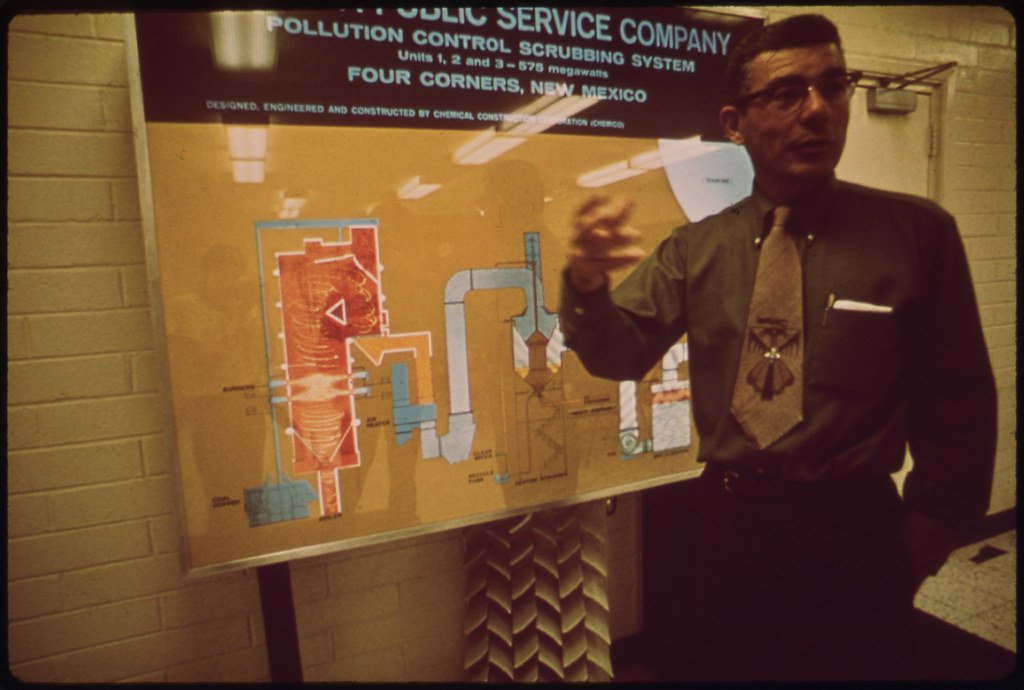
Plants function as Earth’s air and water purification systems, working continuously to clean up pollution that would otherwise accumulate to toxic levels. They absorb harmful chemicals from the air, filter pollutants from water, and even break down some toxic compounds into harmless substances. This biological pollution control operates without maintenance, replacement parts, or energy costs.
Urban plants work overtime to combat air pollution, filtering particulates and absorbing harmful gases from traffic and industry. Wetland plants act as natural water treatment facilities, removing excess nutrients and toxins from runoff. These living pollution control systems provide environmental services worth billions of dollars annually, all powered by nothing more than sunlight and water.
Defense Systems That Adapt and Evolve
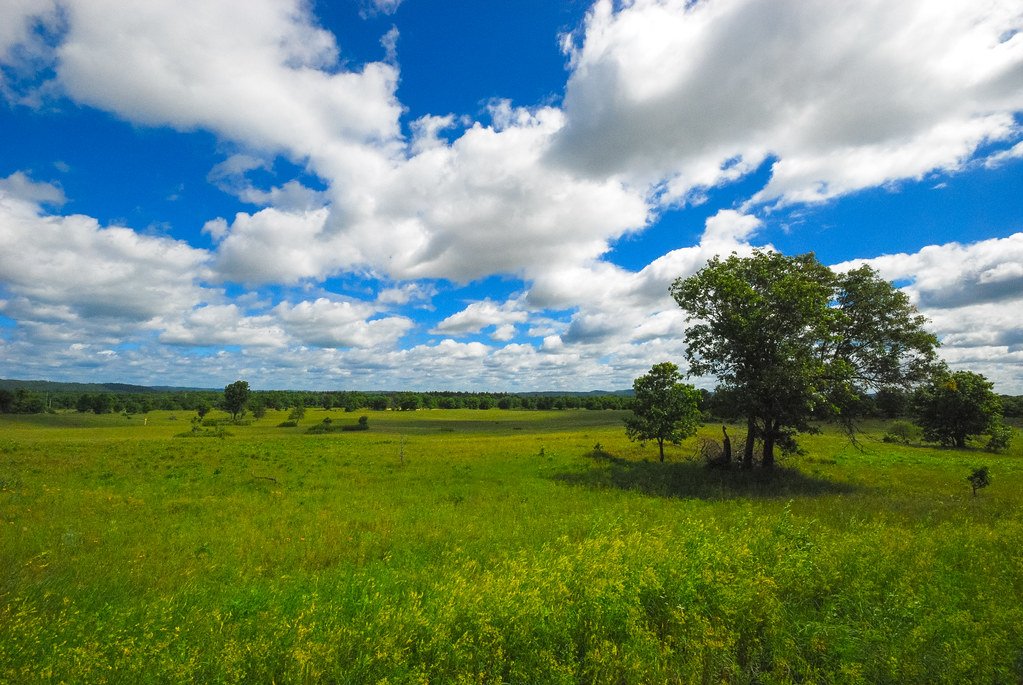
Plants have engineered sophisticated defense systems that can detect threats, communicate danger, and mount coordinated responses. When attacked by insects, plants can release chemical signals that warn neighboring plants and even attract predators that will eliminate the threat. These biological defense networks demonstrate strategic thinking that military engineers would admire.
The chemical weapons that plants produce are often more effective than synthetic alternatives. They can create targeted compounds that specifically affect their enemies while leaving beneficial insects unharmed. Some plants even employ decoy strategies, producing false signals to confuse attackers or redirect them to less vulnerable areas.
Reproductive Engineers Ensuring Species Survival

Plant reproduction involves engineering solutions that ensure genetic diversity and species survival across vast distances and time periods. Flowers are sophisticated engineering marvels designed to attract specific pollinators, while seeds are engineered for optimal dispersal and survival. These reproductive strategies often involve complex partnerships with animals, weather systems, and environmental conditions.
The timing mechanisms that plants use for reproduction demonstrate precise biological engineering. They can synchronize flowering with pollinator activity, coordinate seed release with favorable weather conditions, and even time their reproductive cycles to avoid competition with other species. This temporal engineering ensures maximum reproductive success with minimal waste of resources.
Adaptation Engineers Responding to Environmental Change

Plants continuously engineer solutions to environmental challenges, adapting their structures and functions to changing conditions. They can alter their leaf shapes, root patterns, and chemical compositions in response to drought, temperature changes, or soil conditions. This biological engineering happens in real-time, allowing plants to survive in environments that would quickly kill less adaptable organisms.
The speed at which plants can engineer adaptive responses often surprises scientists. Some plants can restructure their metabolism within hours of encountering new conditions, while others can alter their genetic expression to better suit their environment. This adaptive engineering ensures that plant communities can survive and thrive despite constantly changing conditions.
Symbiotic Engineers Building Beneficial Partnerships

Plants have engineered mutually beneficial relationships with other organisms that create win-win scenarios for all involved. The partnership between plants and mycorrhizal fungi extends root systems far beyond what plants could achieve alone, while nitrogen-fixing bacteria provide plants with essential nutrients in exchange for shelter and food. These biological partnerships demonstrate engineering principles that human society is still learning to apply.
The precision with which plants manage these symbiotic relationships rivals the most sophisticated business partnerships. They can regulate the flow of resources to their partners, monitor the health of the relationship, and even terminate partnerships that become disadvantageous. This biological contract management ensures that resources are used efficiently and relationships remain mutually beneficial.
Regenerative Engineers Healing Damaged Landscapes
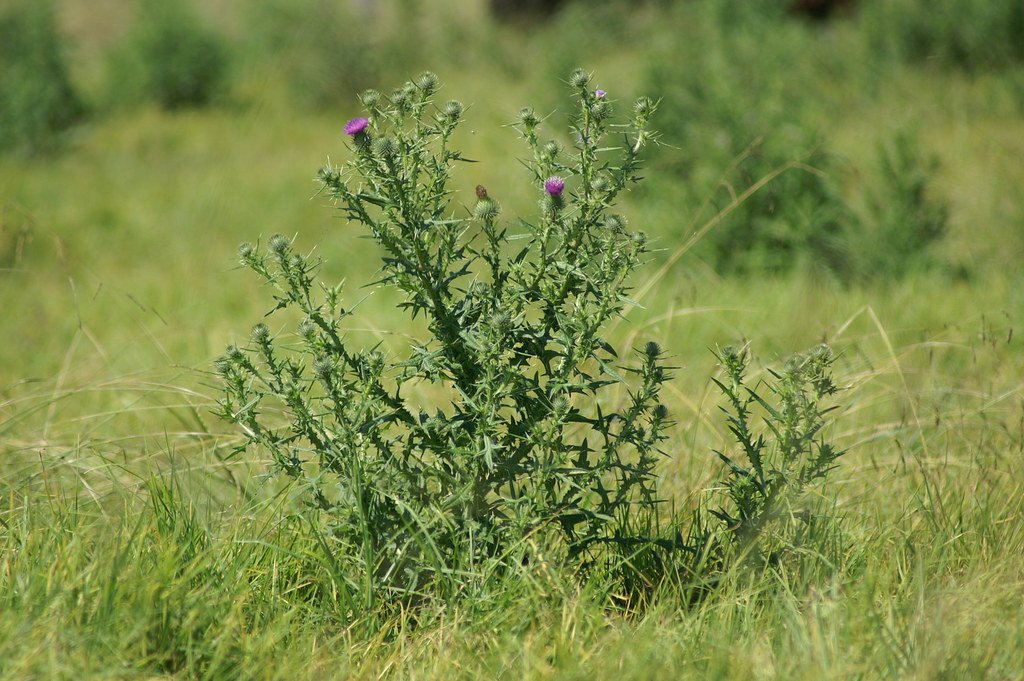
When disasters strike, plants serve as nature’s emergency response team, quickly mobilizing to heal damaged landscapes and restore ecosystem function. Pioneer plants can colonize bare soil, prevent erosion, and begin the slow process of rebuilding complex ecosystems. This regenerative engineering happens automatically, without human intervention or planning.
The speed and efficiency of plant-led ecosystem recovery often amazes ecologists. Areas devastated by fire, floods, or human activity can be transformed back into thriving ecosystems within decades through plant engineering. These biological restoration projects demonstrate that the most effective environmental remediation often involves supporting natural plant processes rather than replacing them with human technology.
Future Engineers Inspiring Human Innovation
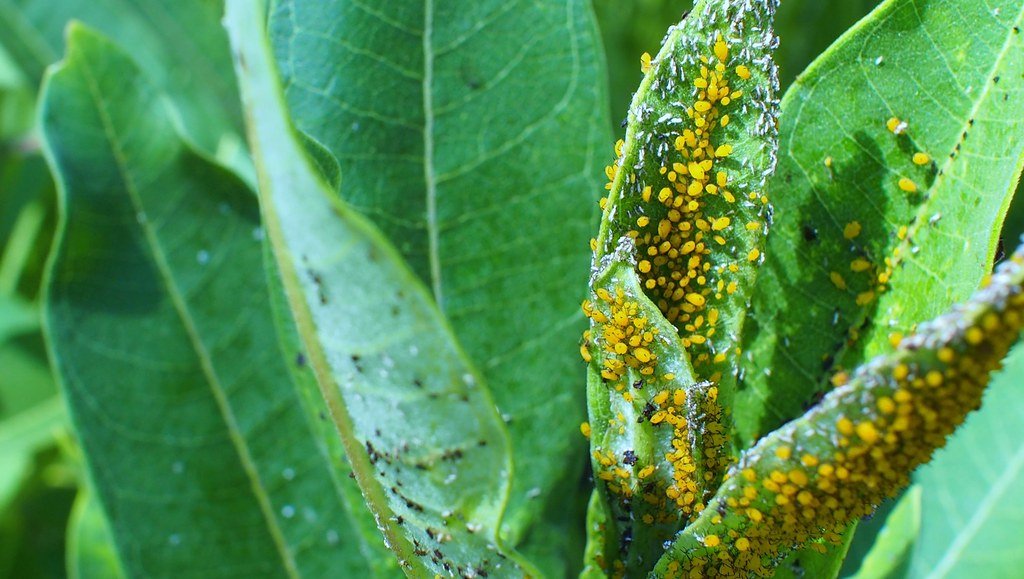
Modern engineers increasingly turn to plants for inspiration, recognizing that billions of years of evolution have produced solutions to problems that humans are only beginning to understand. Biomimicry researchers study plant structures to design stronger materials, more efficient energy systems, and better water management technologies. The engineering principles that plants have perfected continue to inspire human innovation.
From self-healing materials inspired by plant tissue to more efficient solar panels modeled after leaf structures, plant engineering is shaping the future of human technology. As we face challenges like climate change and resource depletion, the engineering solutions that plants have already developed offer roadmaps for sustainable technological development. The planet’s original engineers may hold the keys to our species’ future survival.
The Ongoing Construction Project

Plants continue their planetary engineering project every day, constantly fine-tuning Earth’s systems and responding to new challenges. Climate change, pollution, and habitat destruction present new engineering problems that plants are already working to solve. Their ability to adapt, innovate, and engineer solutions on a planetary scale makes them our most important partners in maintaining Earth’s habitability.
The engineering achievements of plants extend far beyond what most people realize, encompassing everything from atmospheric regulation to ecosystem construction. These biological engineers have been shaping our planet for billions of years, creating the conditions that allow all other life to flourish. Their work continues around the clock, maintaining the delicate balance of systems that keep our planet alive and thriving.
As we face an uncertain environmental future, understanding and protecting plant engineering systems becomes more critical than ever. The planet builders that have shaped Earth for billions of years hold the solutions to many of our most pressing challenges—if we’re wise enough to learn from their example and support their ongoing work. What other secrets might these ancient engineers still have to teach us?

